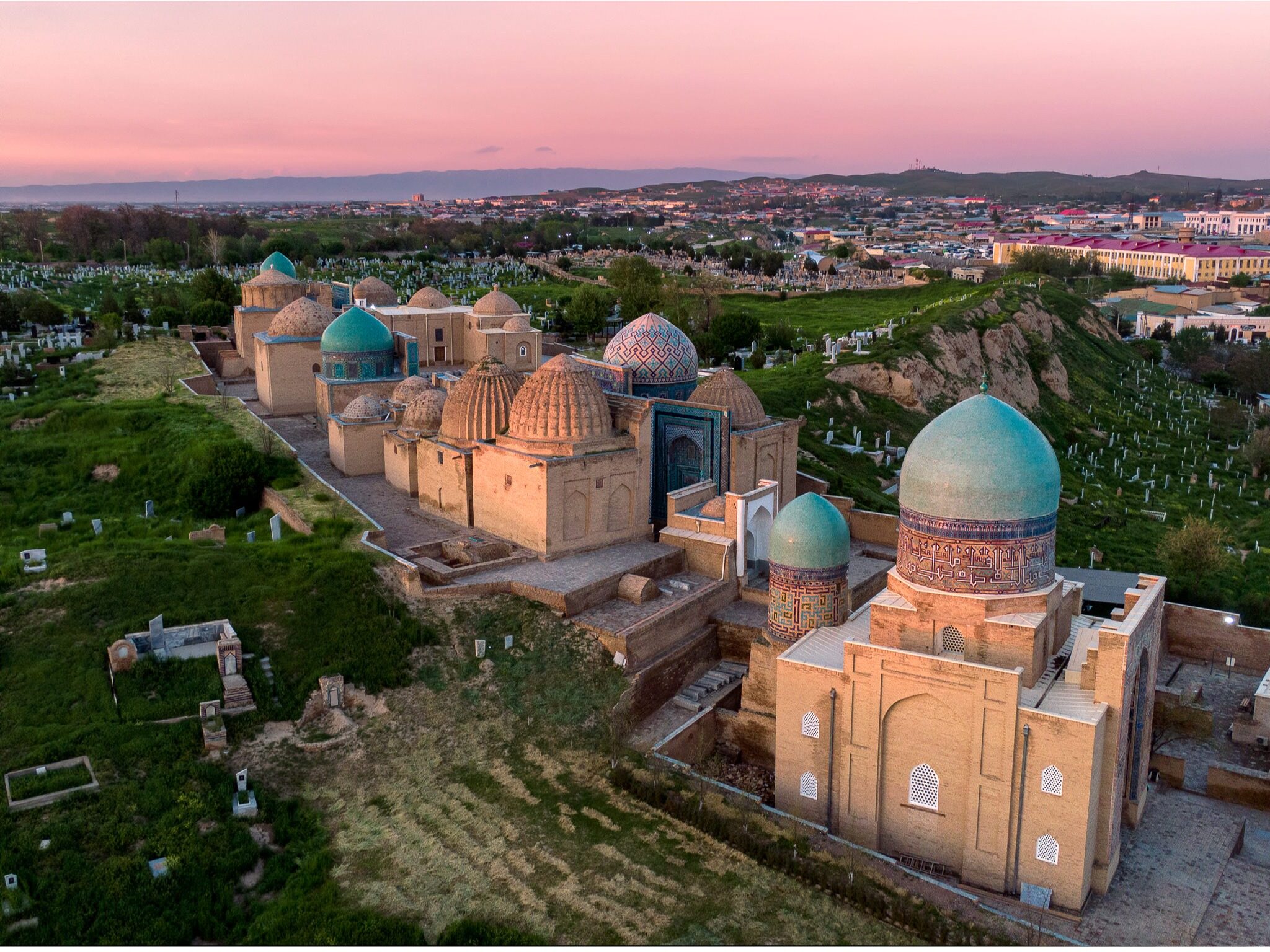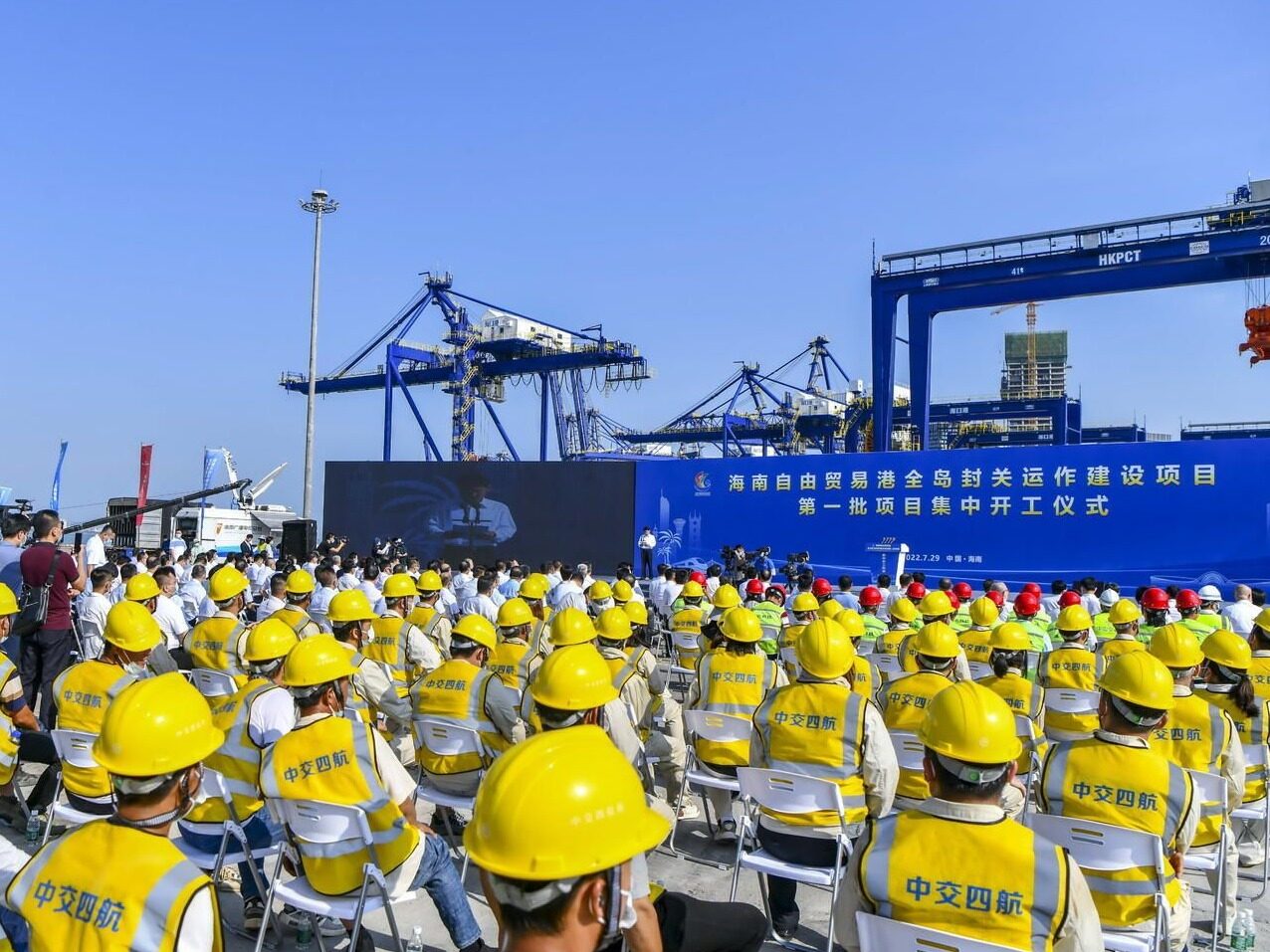- Jiangsu will promote the expansion of transportation investment and deploy new transportation infrastructure

In the early spring, when it is warm and cold, as an important aspect of stabilizing growth, expanding effective investment is stepping up its layout. On March 10, the Jiangsu Provincial Government held a press conference to interpret the "Outline of the Comprehensive Three-dimensional Transportation Network Planning of Jiangsu Province" (hereinafter referred to as the "Outline of the Plan"). Relevant persons in charge of the Provincial Department of Transportation, Development and Reform Commission, Department of Finance, Department of Natural Resources, and Department of Ecology and Environment attended the meeting. Form a "seven vertical and six horizontal" comprehensive transportation channel pattern, and lay out a 4,800-kilometer high-speed rail network... The general plan for the development of Jiangsu's comprehensive three-dimensional transportation network in the next 30 years is here, let's see which plans are relevant to you.
In the next 30 years, the general plan for the development of Jiangsu's comprehensive three-dimensional transportation network has come
Jiangsu is the place where the three national strategies of jointly building the Belt and Road Initiative, the development of the Yangtze River Economic Belt and the integrated development of the Yangtze River Delta are superimposed and intersected. By the end of 2021, all 13 districts and cities in Jiangsu Province will be open to motor vehicles, and the mileage of high-speed rail will reach 2,215 kilometers. The mileage of expressways in Jiangsu Province has exceeded 5,000 kilometers, and the expressways have achieved "county-city connectivity". 17 river-crossing passages have been built, 8 river-crossing passages including Longtan are under construction, and the river-crossing passages are directly connected between districts and cities across the river. The port has a comprehensive throughput capacity of about 2.3 billion tons, 536 berths above the 10,000-ton level, and 7 200 million-ton ports, ranking first in the country. The level of aviation hubs has been accelerated, and all nine transport airports have been opened to first-class ports. The level of transportation service maintains the leading position in the country. Speed up the construction of major international transport channels by sea, land and air.
"As we embark on a new journey, Jiangsu's transportation development is facing historic opportunities and new and higher requirements." Jin Ling, deputy director of the Provincial Department of Transportation, introduced that the "Planning Outline" is a programmatic document for building a strong transportation province. The planning period is to 2035, and the long-term prospect is to the middle of this century. Together with the "Jiangsu Plan for a Strong Transportation Country", it constitutes a strategic planning system to promote the construction of a strong transportation province. The "Jiangsu Plan for a Strong Transportation Country" issued in April 2020 is the overall strategy, and the "Planning Outline" is the overall plan. The "14th Five-Year Plan" Comprehensive Transportation System Development Plan of Jiangsu Province, which has been issued and implemented, is the "mission book" for Jiangsu's transportation construction in the next five years.
The "Planning Outline" makes a layout plan for Jiangsu's comprehensive three-dimensional transportation network in the next 30 years, and proposes the requirements for promoting the integrated development of comprehensive transportation and high-quality development.
"Four verticals and four horizontals" changed to "seven verticals and six horizontals", and a 4,800-kilometer high-speed rail network was laid out
How will the future development of Jiangsu transportation be integrated into the construction of the national comprehensive three-dimensional transportation network? Hui Xianbao, deputy director of the Provincial Department of Transportation, introduced that in the main framework of the national comprehensive three-dimensional transportation network "6 axes, 7 corridors, 8 channels", "Beijing-Tianjin-Hebei-Yangtze River Delta axis", "Yangtze River Delta-Chengdu-Chongqing axis" and "Mainland" The bridge corridor "all passes through Jiangsu. Vigorously promote the construction of a strong transportation province, and strive to build a transportation modernization demonstration area, which requires further strengthening the support of Jiangsu's main transportation framework and expanding new space for transportation development. The "Planning Outline" adds the "three verticals" of Tongsujia, Yantaixi Changyi, Ninghangningluo and Liansuhe, Yanhuai" on the basis of the original "four vertical and four horizontal" comprehensive transportation corridor layout in Jiangsu. There are two horizontal and five channels, forming a comprehensive transportation channel pattern of "seven verticals and six horizontals" on the whole, and a radial channel pattern of "one core and nine directions" with Nanjing as the core.
First, the "Planning Outline" strengthens the connectivity of the main framework of the national comprehensive three-dimensional transportation network within the province. A new national-level comprehensive transportation channel of Nanjing-Hangzhou-Ningluo is added, and a national-level comprehensive transportation channel consisting of coastal, Beijing-Shanghai (Shanghai-Nanjing), Beijing-Shanghai auxiliary, Nanjing-Hangzhou-Ningluohe land bridge, Yanjiang and Ninghe is planned. The second is to encrypt the layout of transportation channels in the province. Four provincial-level channels, Tongsujia, Yantaixi, Changyi, Liansuhe and Yanhuai, have been added. Planning and layout of Ninglian, Ninghuang, Yantai, Xichangyi, Tongsujia, Liansuhe, Xusu, Huaiyan, and Yanhuai, a provincial comprehensive transportation corridor. The third is to realize the radial channel form of "one core and nine directions" with Nanjing as the core. With Nanjing as the core, it radiates in nine directions: Beijing, Qingdao, Nantong, Shanghai, Hangzhou, Fuzhou, Nanchang, Hefei and Luoyang, supporting the construction of Nanjing as an international comprehensive transportation hub.
According to the "Planning Outline", around the construction of "Jiangsu on the track", by 2035, Jiangsu will have a "six vertical and six horizontal" 4,800-kilometer high-speed rail network, a "three vertical and three horizontal" 2,100-kilometer general-speed railway network, and a 1,400-kilometer urban agglomeration. Intercity and metropolitan area (suburban) railways. A 7,100-kilometer expressway network of "fifteen shots, six vertical and ten horizontal lines" and a 4,000-kilometer thousand-ton waterway network of "two verticals and five horizontals" will be laid out. Highlight the development of multi-level airport clusters in Nanjing metropolitan area and airport clusters around Shanghai, and continue to promote the coordinated division of labor and characteristic development of other airports in the province.
In the future, Jiangsu's transportation construction will focus on "125184"
A reporter from Modern Express learned that the "Planning Outline" is divided into four parts, including planning basis, overall requirements, key tasks, and safeguard measures, and eight chapters. The overall summary is "125184", that is, one fundamental purpose and two phased goals. , 5 major development directions, 18 key tasks, and 4 safeguard measures.
"One fundamental purpose" is to build a modern and high-quality comprehensive three-dimensional transportation network that is convenient, smooth, cost-effective, low-carbon intensive, intelligent, advanced, safe and reliable. Give full play to the leading role of transportation in the modernization construction, vigorously promote the construction of a strong transportation province, and strive to build a transportation modernization demonstration area.
"Two phased goals", that is, the two-stage development goals by 2035 and the middle of this century have been clarified. Specifically, by 2035, a modern and high-quality comprehensive three-dimensional transportation network that is convenient, smooth, cost-effective, low-carbon intensive, intelligent, advanced, safe and reliable will basically be built. "Transportation Circle" (1-hour commuting in metropolitan areas, 2-hour travel in Jiangsu, and 3-hour coverage in major cities across the country) and "123 Express Cargo Logistics Circle" (1-day domestic delivery, 2-day delivery to neighboring countries, and 3-day delivery to major global cities) up). The quality, intelligence and greenness of transportation infrastructure ranks among the top in the world. By the middle of this century, a modern and high-quality comprehensive three-dimensional transportation network will be built in an all-round way.
The "Planning Outline" also clarifies "five major development directions and 18 key tasks" for the next 30 years. Improve the comprehensive three-dimensional transportation channel and international transportation network that is open and accessible, including the two tasks of improving the comprehensive transportation channel that reaches the whole country and improving the international transportation network facing the world. Build an efficient and interconnected comprehensive three-dimensional transportation network. It includes five tasks: building an integrated rail transit network, improving the highway traffic network covering wide and deep, optimizing the arterial channel network connecting rivers and seas, building intensive and efficient river crossing channels, and building an inclusive and efficient postal express service network. Build a comprehensive three-dimensional transportation hub that integrates and shares. It includes three tasks: building a comprehensive transportation hub city with strong transit, building a world-class airport cluster connecting the world, and building a world-class port cluster linked by rivers, seas and rivers. Promote the integration and integration of comprehensive transportation and high-quality development.
By 2035, the scale of the comprehensive transportation trunk network in Jiangsu Province will be about 35,400 kilometers, including about 8,300 kilometers of trunk lines, inter-city and metropolitan area (suburban) railways; about 7,100 kilometers of expressways, and about 16,000 kilometers of ordinary national and provincial trunk roads. , about 140,000 kilometers of rural roads; about 4,000 kilometers of trunk waterways. Basically, it takes 30 minutes to get to the high-speed rail and 60 minutes to the airport in the main urban area of the districted city, 30 minutes to the expressway and 30 minutes to the railway in the county-level urban area, and 15 minutes to the national and provincial trunk roads in the township-level township. Editor / Xu Shengpeng
Comment
 Praise
Praise
 Collect
Collect
 Comment
Comment
 Search
Search














Write something~